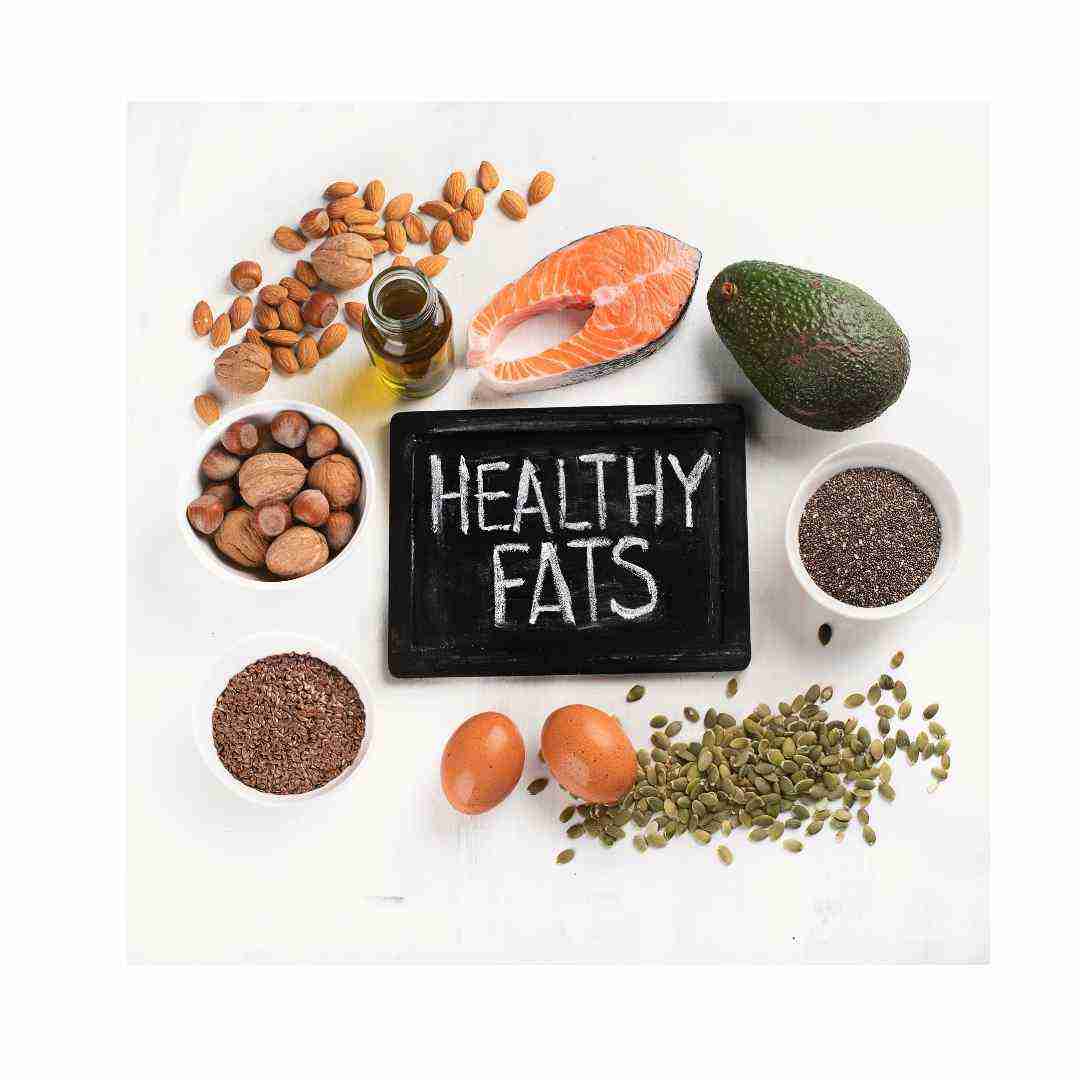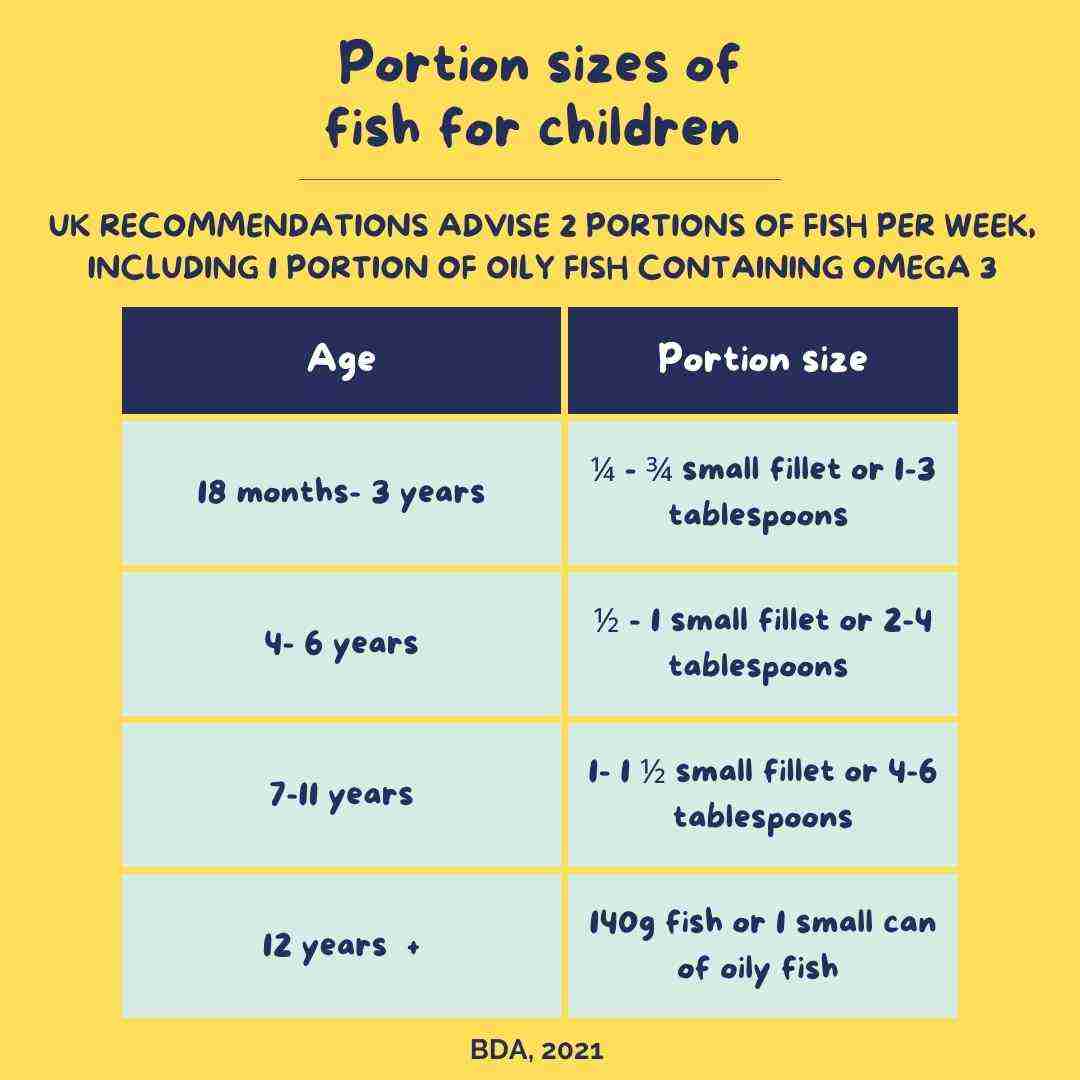You may have heard of the omega 3, 6 and 9 fats. There is a lot of confusion when it comes to the different types of fats. This blog takes a look at the different kinds of fat (‘healthy’ and ‘unhealthy’). Where the omega 3, 6 and 9 fats fit in and how to make sure your child is getting the right type for optimal nutrition.
A background on the different types of fats in the diet
There are 4 main types of fat in the diet and the foods they are commonly found in:
- Monounsaturated fats (MUFA’s): peanuts, almonds, cashews, hazelnuts, pistachios, rapeseed oil, olive oil, olives and avocados
- Polyunsaturated fats (PUFA’s): oily fish (salmon, mackerel and kippers), rapeseed oil, sunflower oil, corn oil, walnuts, pine nuts, sesame and sunflower seeds
- Saturated fats: processed meat, hard cheeses, whole milk, cream, ice cream, butter, ghee, palm oil and coconut oil
- Trans fats: fried food, biscuits, cake, pastries, and foods made with hydrogenated vegetable oil
Which fats are ‘healthy’ and ‘unhealthy’?

Your child needs fats in the diet for important functions such as energy, warmth, hormone production, growth and absorption of important vitamins like A,D and E.
The MUFAs and PUFAs discussed above are known as ‘healthy’ fats. As they help maintain a healthy cholesterol level in the blood amongst other health benefits.
Saturated and trans fats, can have negative health effects if eaten to excess resulting in raised cholesterol and increased risk of cardiovascular disease (1). On average, the diets of UK children are not high in trans fats but are high in saturated fat (2). It is always worth checking labels on pre-packaged food and looking for foods low in saturated fat (1.5g or less per 100g) (3).
What type of fats are omega 3, 6 and 9?
The omega fats are types of unsaturated fats. Omega 3 and 6 fats are polyunsaturated fats (PUFA’s) whereas the omega 9 fats are monounsaturated fats (MUFA) (4).
Omega 3 and 6 are both known as Essential Fatty Acids (EFA). They are essential in the diet as they cannot be made by the body (fatty acid is a scientific term for a fat). Omega 9’s can be made by the body so technically aren’t essential in the diet (5).
Omega 3 fats
What are they?
Omega 3 fats come in three different types:
- Docosahexaenoic acid (DHA)
- Eicosapentaenoic acid (EPA)
- Alpha-linolenic acid (ALA).
ALA, found in many plant foods, cannot be made in the body so must be eaten in the diet. ALA then makes a small amount of DHA and EPA (found in marine animals and algae) but not enough so both DHA and EPA must also be eaten in the diet.
What are the health benefits of Omega 3?
All three types of omega 3 are associated with heart health but some have differing functions. EPA has anti-inflammatory properties and DHA is important during pregnancy for eye and brain development in infants (6).
Some evidence points towards improved cognition, vision, brain development and management of Attention Deficit Hyperactivity Disorder (ADHD) and autism in children with a greater omega 3 intake. However, the evidence for this is mixed (7).
What are the dietary sources of Omega 3?
- ALA: Flaxseed/linseed, walnut, soya and tofu, chia seeds, leafy green vegetables
- EPA/DHA: Oily fish (salmon, mackerel, sardines, tuna, herring, anchovies), white fish have lower levels (cod, haddock, plaice but), algae, grass-fed animals and eggs
How much should my child be having?
The NHS recommended two portions of fish per week, including one portion of oily fish, for all ages. The British Dietetic Association (BDA) has recommended the following portion sizes of fish for children depending on age (8):
How can I include omega 3 in my infants diet
From 6 months, well-cooked boneless salmon the size of two fingers (salmon ‘fingers’) can be given. Smoked salmon can be high in salt so it is not recommended to give infants regularly. Breastfeeding will provide omega 3 if you eats one oily fish portion per week (pregnant or breastfeeding women should not exceed 2 portions of fish per week). By law, all infant formula contains omega-3 fats (9).

What are some vegetarian/vegan sources of omega-3?
As mentioned, oily fish is one of the main sources of EPA and DHA. Although many plant sources of ALA exist e.g. chia seeds, linseeds, ground walnuts, soya, hemp seeds and tofu, rapeseed oils and green leafy vegetables. These can then convert to EPA and DHA, but this is very inefficient so getting enough EPA and DHA can be challenging if you are vegetarian and vegan.
The main plant source of EPA and DHA is algae or omega 3 rich eggs. If considering supplementation, algae oil supplements would be the way to go. No specific amount has been officially recommended for EPA and DHA in children. However, most supplements for children will contain less than the adult recommendations of 450mg EPA and DHA per day (10). You can buy Omega 3 supplements for your children e.g. nature aids Mini drops DHA or Haliborange Omega 3 supplements
Omega 6
What are they?
Omega 6 includes Linoleic Acid (LA) and Arachidonic Acid (AA). LA is converted to AA in the body so as long as your child is getting enough LA in the diet, they should have enough AA.
What are the health benefits of Omega 6?
As a polyunsaturated fat, it can help to lower the level of bad cholesterol (11).
Sources of Omega 6?
LA is found in vegetable oils including sunflower, rapeseed, corn oil and some nuts. AA is found in meat, dairy products and eggs.
Dietary recommendation
Omega-6 is very high in the diets of most people and it is much more likely your child is not getting enough omega 3. You could swapping sunflower for olive oil or flaxseed oil as too much may reduce health benefits of omega 3 fats.
Omega 9
What are they?
Omega-9 includes oleic acid, which is a MUFA found in olive oil. Unlike omega 3 and 6, omega-9 is not an EFA as our bodies can make them from other unsaturated fats.
What are the health benefits of Omega 9?
As most omega-9’s are MUFA, they help protect your heart by maintaining good levels of cholesterol.
Sources of Omega 9?
Sources include olive oil, avocado oil, almonds, sunflower oil, cashews, macadamia nuts and hazelnuts (12).
Dietary recommendation
No specific recommendations have been made for omega-9’s in children and not a nutritional concern for most children. However, sources like olive oil can be included as part of a health balanced diet. They are a good choice to opt for in cooking in comparison to oils high in saturated fat like butter, ghee, lard and coconut oil (13).
In conclusion
- Omega 3, 6 and 9 are all good for your child’s heart and general health but it is more likely they are deficient in omega 3 than 6 or 9
- Aim for your child to meet the recommended 2 portions of fish a week, including 1 portion of oily fish (such as salmon, mackerel, sardines, tuna and anchovies)
- Focusing on the types of oils, rather than amount, you use in cooking for yourself and your family can help to make sure your child gets the right type of fat (think olive oil, rapeseed or vegetable oil rather than butter, ghee and coconut oil)
If you are worried about your child’s diet. I do offer a full online dietary assessment service which includes a customised plan to improve your child’s diet. For more details visit or follow me at @dietitian.withadifference on instagram for weekly tips.
Thank you to Hannah Eiseman Student Dietitian for helping with researching and writing the blog.

